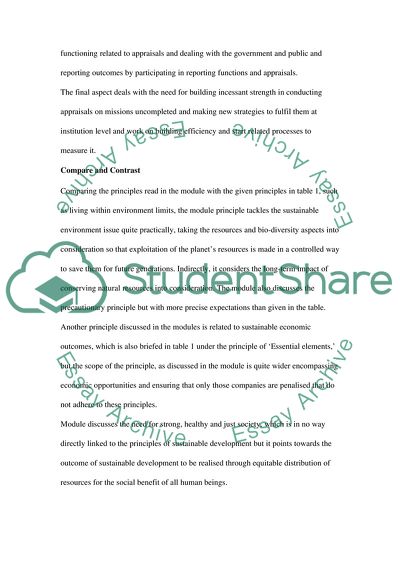Cite this document
(Sustainable Development and its Overall Impact Assignment - 2, n.d.)
Sustainable Development and its Overall Impact Assignment - 2. Retrieved from https://studentshare.org/macro-microeconomics/1764161-sustainable-development-and-its-overall-impact
Sustainable Development and its Overall Impact Assignment - 2. Retrieved from https://studentshare.org/macro-microeconomics/1764161-sustainable-development-and-its-overall-impact
(Sustainable Development and Its Overall Impact Assignment - 2)
Sustainable Development and Its Overall Impact Assignment - 2. https://studentshare.org/macro-microeconomics/1764161-sustainable-development-and-its-overall-impact.
Sustainable Development and Its Overall Impact Assignment - 2. https://studentshare.org/macro-microeconomics/1764161-sustainable-development-and-its-overall-impact.
“Sustainable Development and Its Overall Impact Assignment - 2”, n.d. https://studentshare.org/macro-microeconomics/1764161-sustainable-development-and-its-overall-impact.


